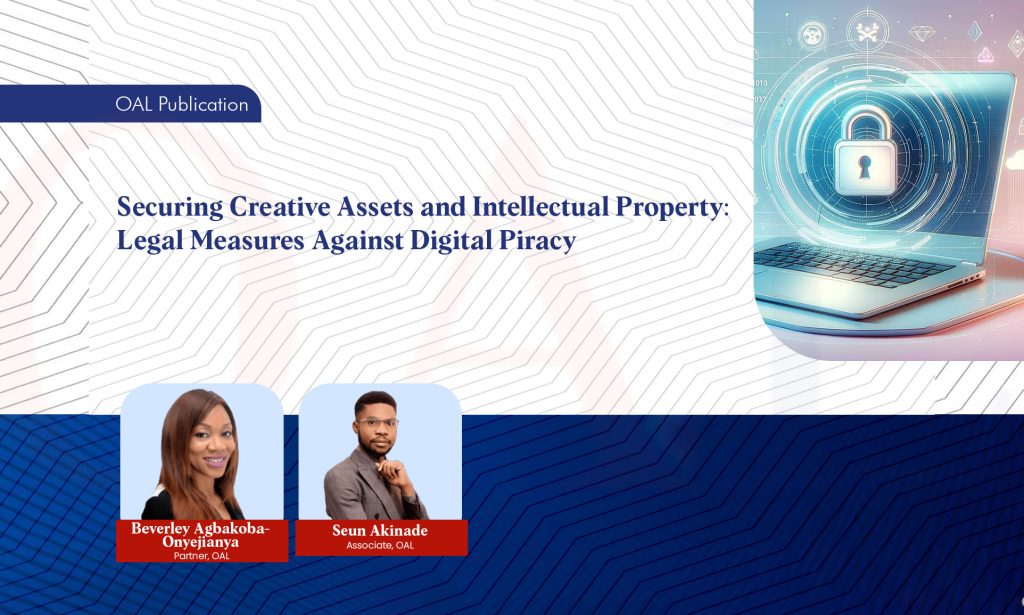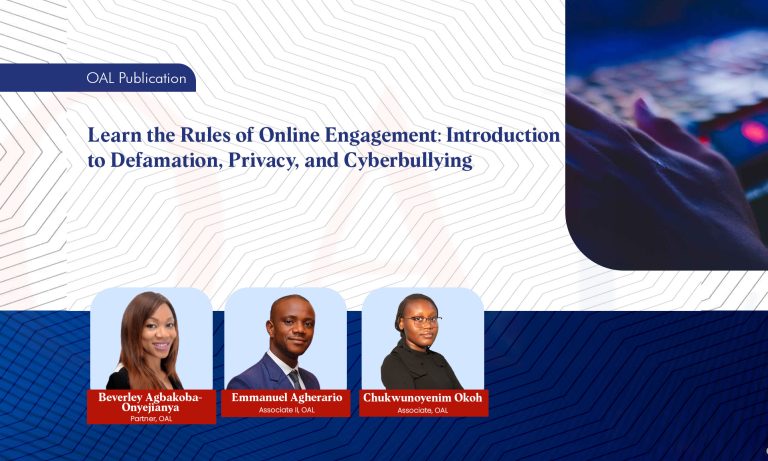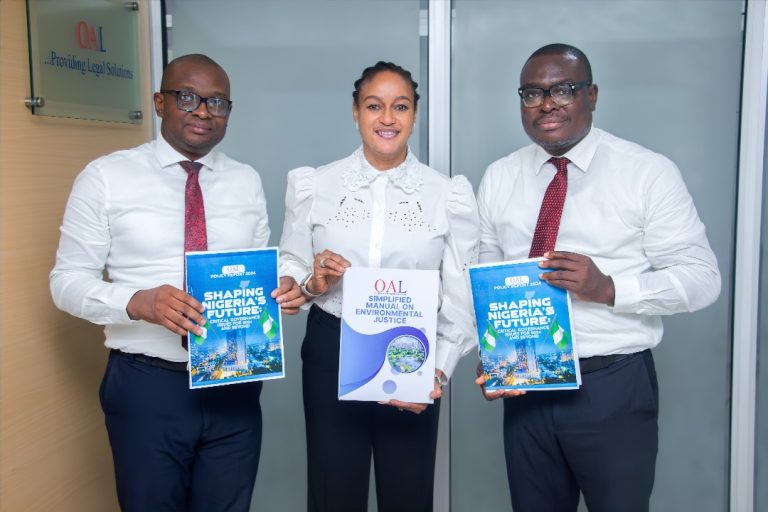Introduction:
One of the major challenges facing the global creative ecosystem is the pervasive issue of piracy. This formidable challenge has significantly impeded the progress of creative objectives, particularly within the Nigerian film industry. This article discusses the legal measures aimed at combating digital piracy and explores ways to fortify these measures. This also highlights the need for enhanced collaboration between related government agencies and filmmakers to tackle the issue of piracy in the Nigerian film industry.
What is Movie Piracy?
Movie piracy takes on various forms, predominantly through unauthorised downloading and sharing of copyrighted films on torrent websites or peer-to-peer networks. This illicit yet very common practice enables individuals or groups to circulate copies of films without obtaining the necessary consent from rights holders. Piracy is a global menace that affects every element of intellectual property ranging from movies, books, songs, artistic works, software, etc. Piracy is an outright violation of privacy and infringement of the intellectual property rights of the creator of such works.
A 2021 UNESCO industry survey revealed the devastating impact of piracy on filmmakers in two-thirds of African countries, with losses of up to 50% of expected revenue. While specific statistics for Nollywood remain elusive, a 2023 survey suggests that filmmakers believe piracy accounts for as much as 40% revenue loss in their projects.[1] Piracy consistently results in financial losses and debts for filmmakers, depriving them of rightful profits and undermining the economic sustainability of the film industry. The illicit distribution of copyrighted content hampers creators’ ability to recoup investments and hinders the industry’s potential for growth.
Digital Piracy Landscape:
For over a decade now, the dynamic impact of technology has created easier spaces for privacy as it can now occur either physically or online. From pirated television content to the creation of illegal streaming links and shared Over-The-Top (OTT) platform passwords, piracy has become deeply rooted in contemporary society. The distribution of free content on the internet poses a challenge for copyright holders, as platforms benefit from increased traffic and advertisement fees without compensating authors or copyright holders.
Legal Solutions to Curb Privacy in the Entertainment Industry:
1. Education and Public Awareness:
To address the normalisation of piracy, legal strategies must extend to education. For example, there can be an incorporation of short ads during content consumption, warning strips, and dedicated segments within television shows, series or films to serve as effective tools to inform and warn audiences about the legal consequences of piracy, including malware threats and potential legal actions.
2. Utilising Anti-Piracy Technologies:
Examples of these technologies are digital watermarking, camcorder detection systems, encrypted content delivery, and forensic marking to protect films from unauthorised copying, distribution, and viewing by pirates. Preventive measures also involve employing plugins to control simultaneous logins, generating unique IDs for each login, and restricting video playback times for individual users on streaming platforms. These measures discourage widespread sharing, especially for premium accounts.
3. Enforcement of the Copyright Act of 2022:
Sections 44 and 46 of the Act outline various offences, including the unauthorised communication, and distribution of copyrighted works to the public through wire, wireless, or online means for commercial purposes, which is punishable by a fine not less than One Million Naira (N1,000,000.00) or imprisonment for a minimum of five (5) years upon conviction. If a corporate body commits such an offence, the court has the authority to order the forfeiture of its assets and properties. Hence, to address piracy, circumvention of technological protection measures, importation of copyrighted works, and other forms of infringement, more stringent fines have been implemented. Both criminal and civil actions can be pursued simultaneously for the same infringement. The heightened fines and penalties aim to prevent acts such as digital piracy. For instance, a recent case of piracy involves Toyin Abraham’s film “Malaika,” featuring Emeka Ike. Although initially released exclusively for cinema viewing on December 21, 2023, the movie was illegally reproduced and shared freely on various platforms by unknown pirates. In response, Toyin Abraham reported the incident to the Federal Criminal Investigation Department (FCDI), resulting in the arrest of five suspects accused of pirating “Malaika.” This incident serves as tangible evidence of the importance of enforcement measures to combat piracy within the entertainment industry.
4. Preventive Measures at the Cinemas:
This can be undertaken by employing robust digital rights management (DRM) technologies, implementing strict security measures within the premises, and conducting regular staff training on piracy prevention are effective strategies. Encouraging the audience to report suspicious activities further enhances vigilance. By combining technological solutions with proactive measures, cinemas can significantly reduce the risk of film piracy and maintain an environment that upholds the rights of content creators and filmmakers.
5. Piracy Clauses on Distribution Agreements:
The inclusion of piracy clauses is a crucial step in preventing unauthorised distribution, especially from the period of post-production phase, final release and distribution of the film. Air-tight contracts explicitly define the terms of use, distribution, and reproduction of the content, leaving no room for ambiguity in Distribution Agreements. Incorporating piracy clauses allows filmmakers to establish clear consequences and legal actions in the event of unauthorised reproduction or distribution, acting as a deterrent for potential infringers.
Conclusion:
In conclusion, the fight against digital piracy demands diverse approaches, to combine legal, educational, and technological strategies. Safeguarding creative works not only protects the rights of filmmakers but also ensures the continued vibrancy and sustainability of the film industry. Addressing piracy is not merely a matter of protecting intellectual property; it is crucial for preserving the financial and innovative interests of the creative industry.
[1] https://unesdoc.unesco.org/ark:/48223/pf0000379165
Authors






